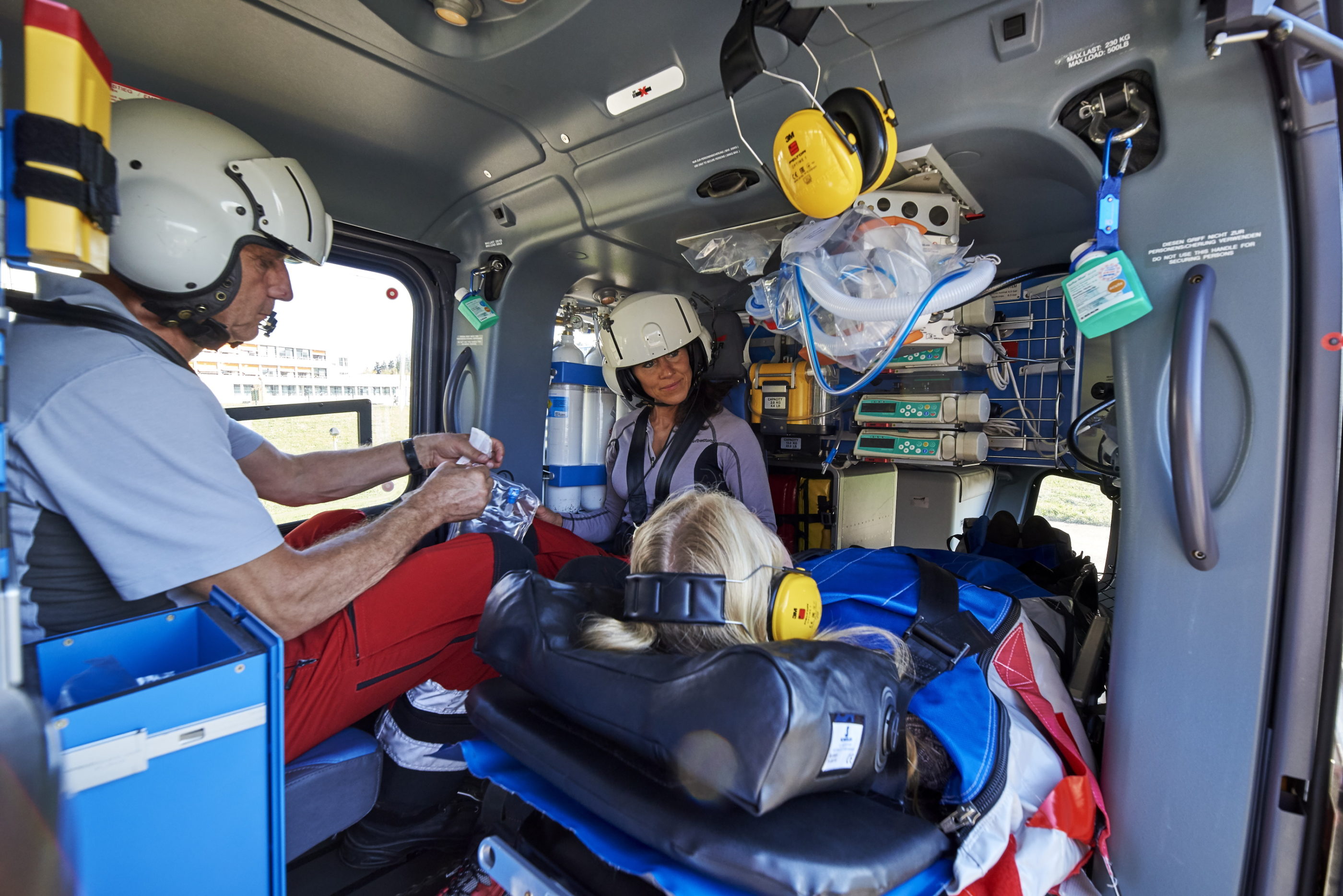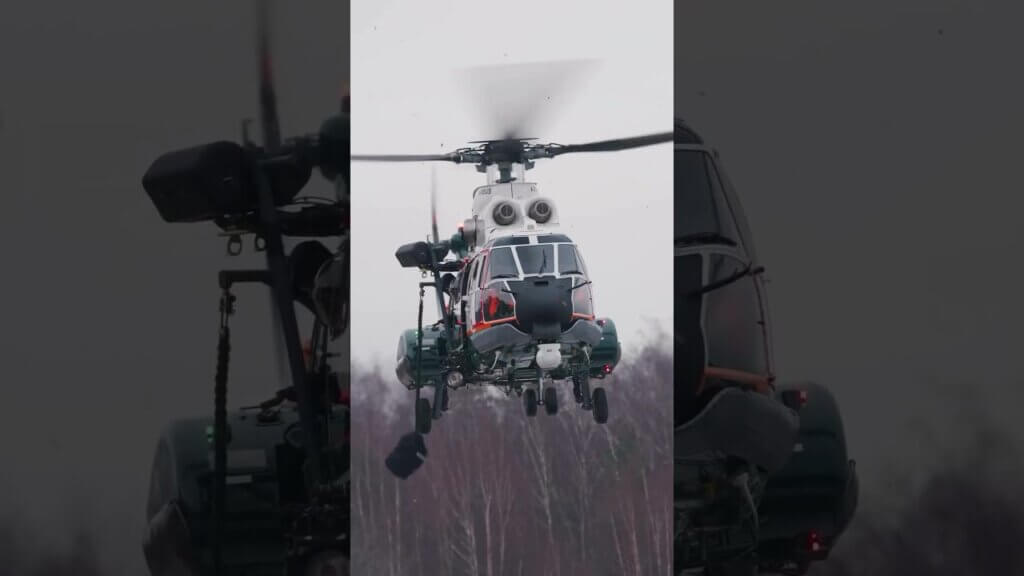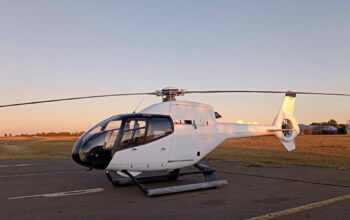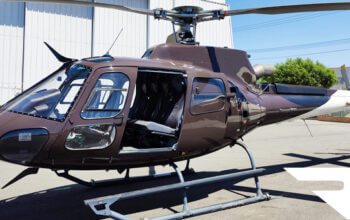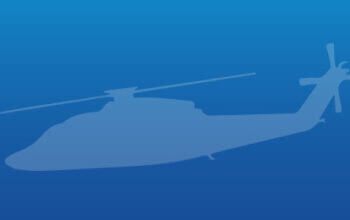DRF Luftrettung has concluded a further framework agreement with Bucher Leichtbau on helicopter emergency medical services (HEMS) equipment for DRF’s H135 and H145 helicopters. DRF Luftrettung, an air rescue organization, brought its many years of experience and know-how to the joint development and configuration of the HEMS kits, particularly the development of the stretcher.
DRF Luftrettung continues to rely on Bucher Leichtbau for the interior fittings of its new helicopters. The signed agreement between the two organizations comprises 15 AC70 kits for the H145 and up to five AC67 kits for the H135, developed with the input of DRF Luftrettung’s practical experience and technical know-how.
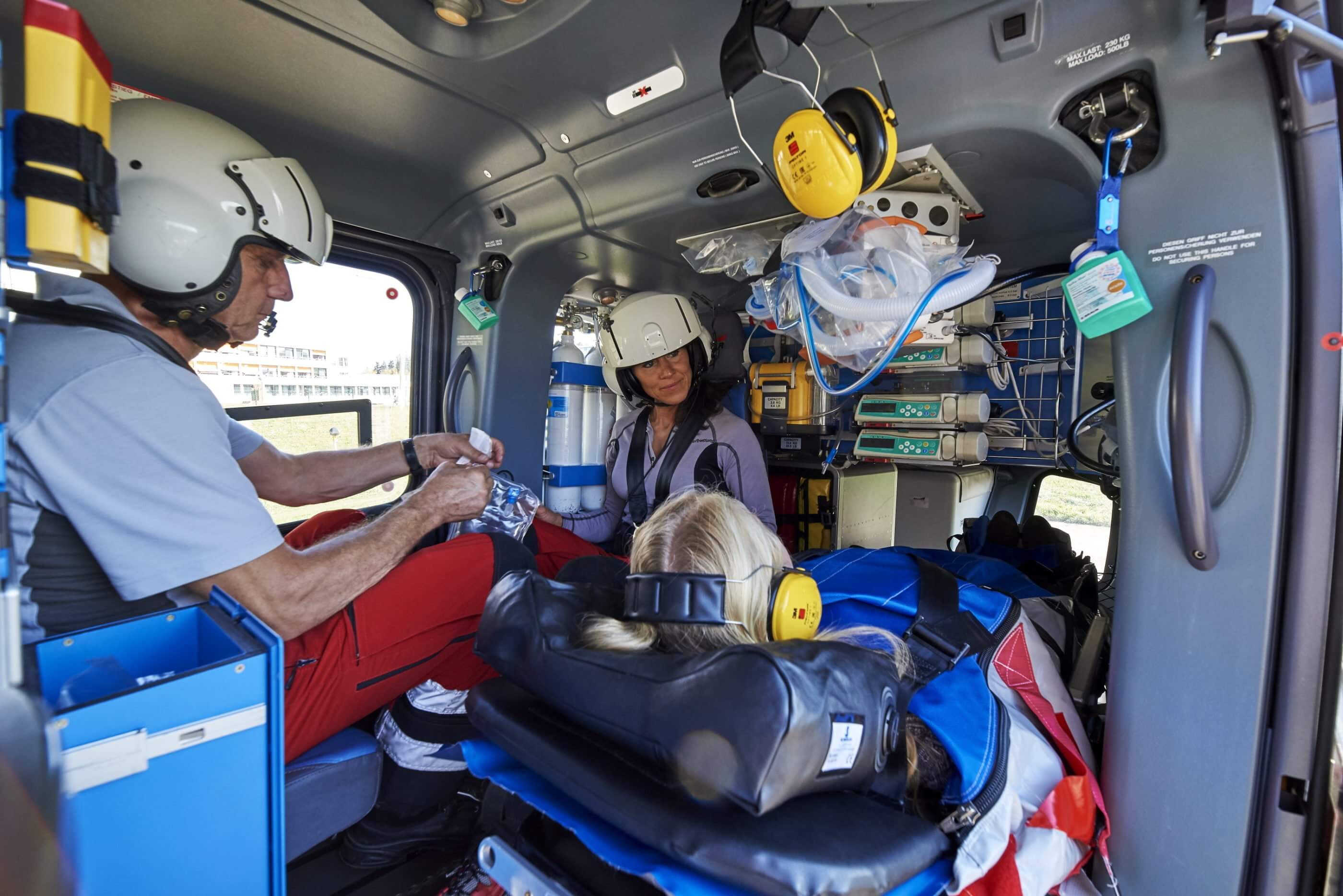
The heart of the established interior fittings is the stretcher. This new system for carrying patients was extensively tested for over a year at two of DRF Luftrettung’s HEMS bases before the start of series production, and meets all the requirements of the HEMS crew today.
“For many years now, we have relied on Bucher Leichtbau’s HEMS equipment, which meets our high quality standards,” said Dr. Krystian Pracz, CEO of DRF Luftrettung. “Thanks to our close collaboration, we were able to incorporate our practical experience directly into the development process at Bucher Leichtbau. The equipment’s modularity offers us the advantage that it can be adapted to different mission profiles, such as winch rescue or special intensive care transport.”
The new carrying system boasts innovative features which relieve the crews and benefit the patient. For instance, the stretcher is optimized for transfer processes. If a patient has to be transferred to an ambulance stretcher on the way between helicopter and hospital, this operation will be even gentler and safer in future. The pressure on the crew is reduced, as medical devices can also be safely carried along. Furthermore, the newly developed head of the helicopter stretcher allows power-assisted adjustment and thus even better patient care. Last but not least, the entire stretcher ensures even greater user safety — particularly during the helicopters’ take-off and landing phases and also during missions with patients on the ground.
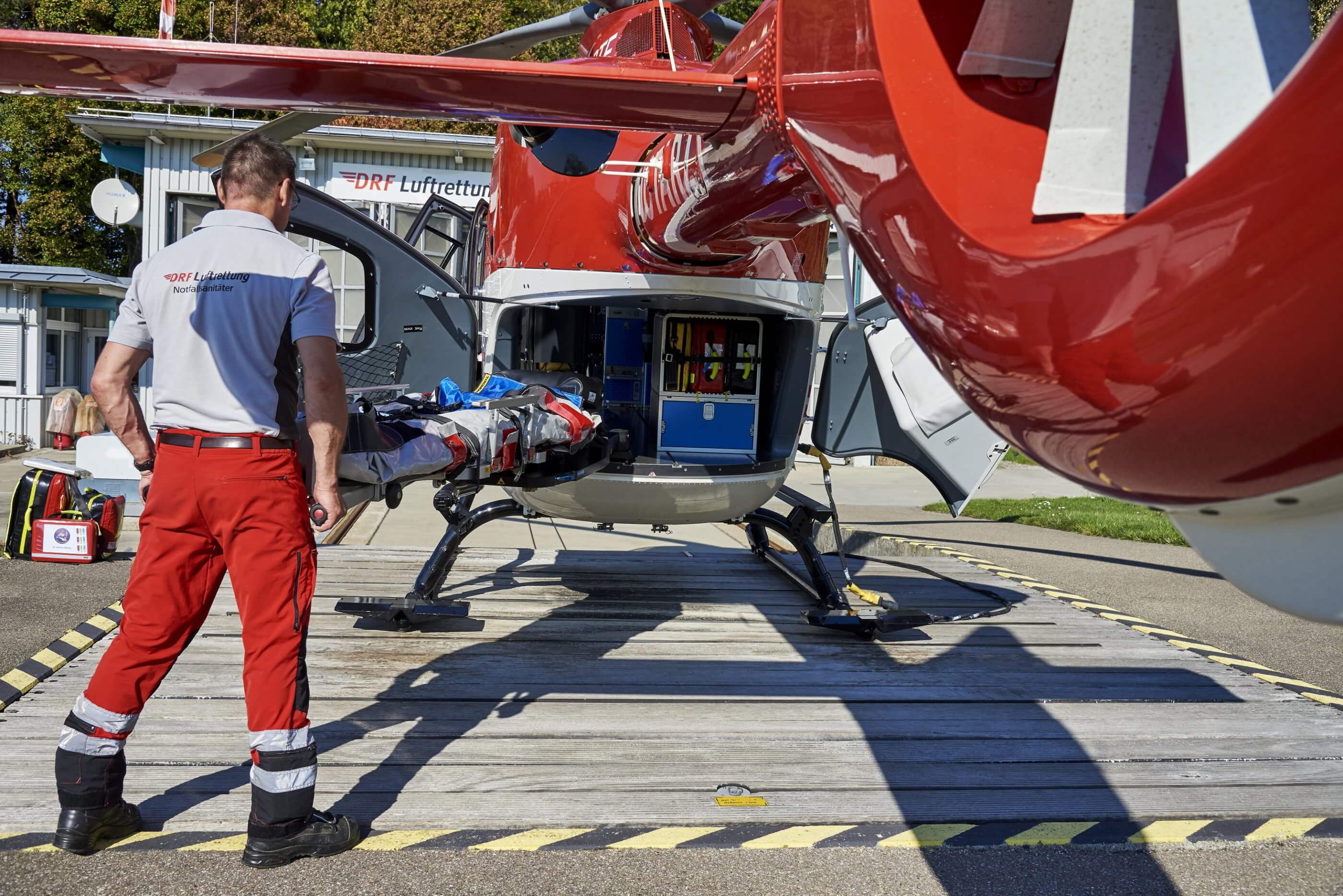
The stretcher was initially developed for the H135 helicopter and then modified for the H145 (on wheel drive system). Thanks to this standardization, crews only need to adjust to one system for different helicopter models. It was possible to maintain the stretcher’s load-carrying capacity of up to 250 kilograms (550 pounds) in the modification for the H145.
As the first user, DRF Luftrettung has already introduced the stretchers at several HEMS bases. The new configurations are already in service in Halle (H135/H145), Friedrichshafen (H135) and Freiburg (H145). From now on, all new helicopters will be equipped to accommodate the new HEMS kits.
In future, DRF Luftrettung plans to independently install the HEMS kits in its helicopters at its hangar at the operation center located at the Karlsruhe / Baden-Baden airport, and will also be able to offer this service to external customers. The necessary training courses by Bucher Leichtbau for the engineers of DRF Luftrettung are currently being planned.
“We are very pleased that our offer has been so well received and that we can continue our successful collaboration with DRF Luftrettung. Having such an experienced air rescue organization by our side means great added value for us,” said Beat Burlet, CEO of Bucher Leichtbau.





